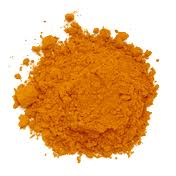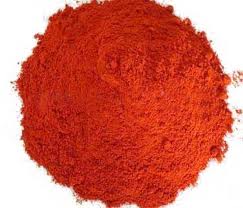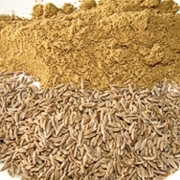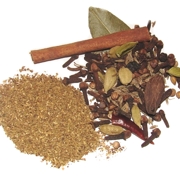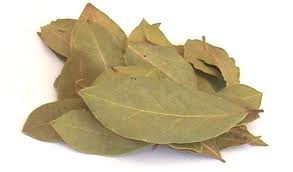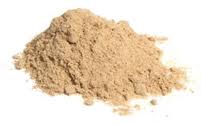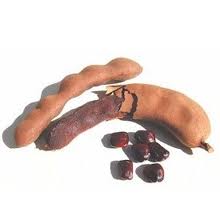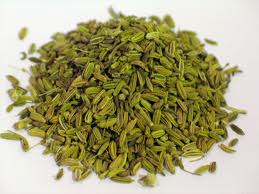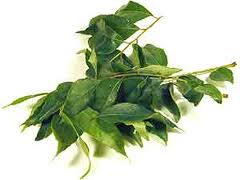Indian Spices
Spices and aromatics are the very heart of Indian cooking. They have been used since ancient times. Flowers, leaves, roots, bark, seeds and bulbs (the simplest of natural ingredients) are used in endless combinations to produce an infinite variety of flavors: sweet, sharp, hot, sour, spicy, aromatic, tart, mild, fragrant or pungent.
Indian spices spices offer significant health benefits and contribute towards an individual’s healthy life. They add flavor and nutrients to dishes without fat or calories!
Turmeric (Haldi) – comes from the root of Curcuma longa, a leafy plant related to ginger. It has a bright yellow color and a pungent, warm, earthy aroma and taste.
Chili powder – Red color, fine powder. It is very hot because it is made from the dried, ground seeds of the chili, its hottest part.
Peppercorns (Kali Mirchi) –Pepper is the only spice that us used to flavor food before, during and after cooking. Whole or grounded peppercorns can be added to most non-sweet dishes.
Cumin (Jeera) – They can be ground to a powder. Cumin is usually dry-fried before use (drop the whole seeds into a hot dry pan and cook until the roasted fragrance emerges).
Garam Masala meaning hot spices – is a mixture of ground spices (recipes vary) (cloves, cardamom, cumin, peppercorns and cinnamon, bay leaves). It is far better to grind your own spices than to buy the mixture ready-ground.
Cilantro (Hara Dhaniya)Cilantro it is usually added toward the end of cooking to preserve the fresh aroma. Also it is frequently used as a garnish. The seed of the cilantro is known as coriander.
Bay leaves – these fragrant leaves with pointed ends are used in their dried form. These are used in curries and rice preparations.
Garlic (Lassan) – closely related to the onion. It has a powerful pungent or hot flavor when raw, which mellows when it is cooked Garlic helps to purify the blood and lower blood pressure. It is considered as a cure for heart ailments.
Ginger (Adrak)–Ginger can be used in sweet dishes, desserts, or in piquant dishes such as hot curries and stir fries. The ground (soondth) type is the same as that used in baking.
Mustard seeds (Rai) – Mustards seeds are a popular addition to dishes such as vegetable, beans, pastries and pickles.
Asafoetida (Hing) – It is a distinctive and pungent spice. It is most commonly found in powdered form. When cooked, it has a truffle-like flavor and a roasted garlic aroma. It is used mainly for its digestive properties, especially in the cooking of beans and lentils, as it is reputed to have antiflatulence properties.
Â
Cloves (Luong) – small, dried, reddish-brown flower bud of the tropical evergreen tree of the myrtle family.Whole cloves are frequently used to flavor meat dishes, curries, and soups.
Mango powder (Amchur) – This sour powder is made from unripe mangoes. It has a tart taste.It gives any dish a tangy, sour flavor, and is the perfect substitute for lemon, tamarind or lime juice.
Mint (Pudina) – Â Mint is sweet and strong with hints of a sharp lemony taste; mint is pleasantly pungent and refreshing at the same time. The warm sweet fragrance of mint is cooling to the palate, leaving a fresh aftertaste. Indian cooking and is widely used in chutneys, relishes, salads, sauces and teas.
Tamarind (Amli) – is the sticky, dried, brown pod of the evergreen tree. It has a sour taste and very tart, citric flavor. The pulp must be soaked before usage. In India, tamarind is mostly combined with meat or legumes (lentils, chick peas or beans). It adds a distinctive cooling quality to curries, chutneys.
Fennel (Soonf) –It has a sweet and aniseed flavor. Used sparingly, it gives warmth and sweetness to curries.
Curry leaves (Kari putha or Neem) – are small grey-greenish leaves (a bit like bay), relative of the orange. They can be used fresh or dried. Their aroma is released by its heat and moisture.
Â


